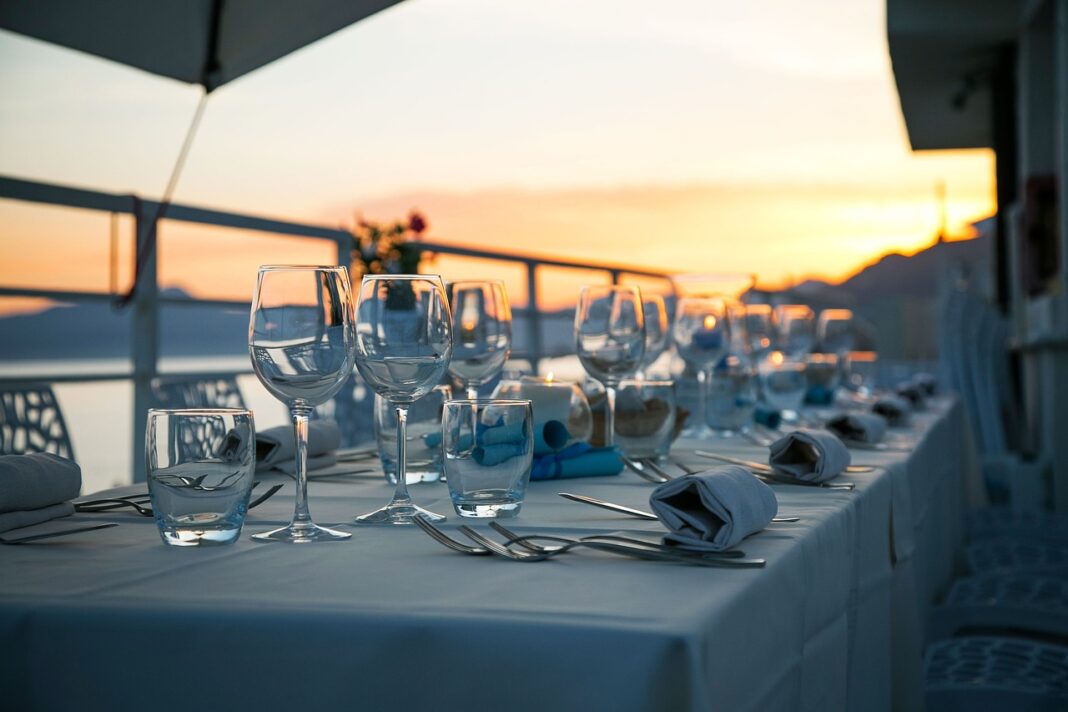
What’s a fair markup for a DMC to charge for a banquet chair?
There is no one answer. Prices can range significantly from one company to another, and this lack of transparency can lead to a lack of trust.
Some DMCs (companies that plan tours, activities and transportation in a specific destination) charge a package price or price per person, while others charge a percentage markup over cost, known as ‘cost-plus.’ “There is no longer one-size-fits-all pricing,” said Lisa DeLeon, vice president of global sales at Terramar DMC. “‘How do you prefer to see your pricing?’ is more common practice now.”
Deidre Everdij, owner of COTC Events, bases her cost on an estimate of the time a project will take, after consulting with her sales, creative and operations teams. “Sometimes we hit the mark, sometimes our clients take us out of scope with excessive proposal revisions, multiple site visits or numerous conference calls.”
Operating Costs vs. Profit Margins
DMCs with higher volumes are able to negotiate discounts that they can pass along to customers. So, going back to the chair analogy, if a planner rented that chair off the rack, he or she might pay $50 while a DMC might be able to get the same chair for $35.
However, how much of that discount a DMC will pass along will vary, because they have to mark the chair up enough to cover both their operating costs and achieve their desired profit margins.
“There’s the cost of operating a business – 15 to 20% – so within that margin of that chair is the overhead of the company,” said an anonymous DMC CEO.
That overhead cost varies, but can include insurance (some clients require DMCs to carry a minimum of $5 million in insurance, which can cost from $30,000 to $70,000 per year); running an office; and labor costs. “And then we add the profit margin on top of that,” he said.
“Most DMCs are looking for profit margins between 8 and 10% maximum, unless they are gouging you. We have very tight margins. So when a planner says they want 3% off, we can’t do that unless there is substantial spend. We couldn’t survive.”
Strategies for Planners
Both DMCs and planners agree that the most effective way to work together is to start with the budget.
Because they’re familiar with local hotels, DMCs can offer solutions to stay within that budget, such as using existing soft seating, or linens, or changing up the floral.
To win the business, some DMCs are willing to combine pricing models into a single proposal. One contract might include a variety of different pricing models (such as a package price for one element, along with a per-person price or hourly fee for others) in the way that the stakeholders of the program want to see it.
Susan Avery, a global events specialist whose clients include Meetings & Incentives Worldwide, Opus Agency and Strategic Incentive Solutions, suggests educating yourself on labor costs, which are the biggest line item, using LinkedIn as a guide to search the various positions within DMCs. She also partners with just one or two DMCs for all her events to keep things simple.
She always inquires if a furniture supplier is national and offers preferred pricing, and notes that once decor has been purchased or created, its value depreciates. “The newest themed decor is going to be the most expensive.”
The Value of Expertise
What planners are paying for when they hire a DMC is expertise. Yet some DMCs have let planners down by claiming to be experts in destinations where they are not.
“DMCs were founded to be the local experts,” said Joe Fijol, founder of Ethos Event Collective. “We’re not located everywhere, but where we are located, our goal is to be the pulse of the destination.”
DMCs also face varying operating costs depending on where they are located, he said. “What has gone up is inflation and the cost of living. I can’t charge my clients another 20% to cover these increases. In some locations, I have to pay cost-of-living increases in the double digits.”
Planners need to realize all this when they are evaluating a DMC’s pricing. “We believe our approach to meeting our customers’ goals starts with our people,” Fijol said. “They truly are our product.”

